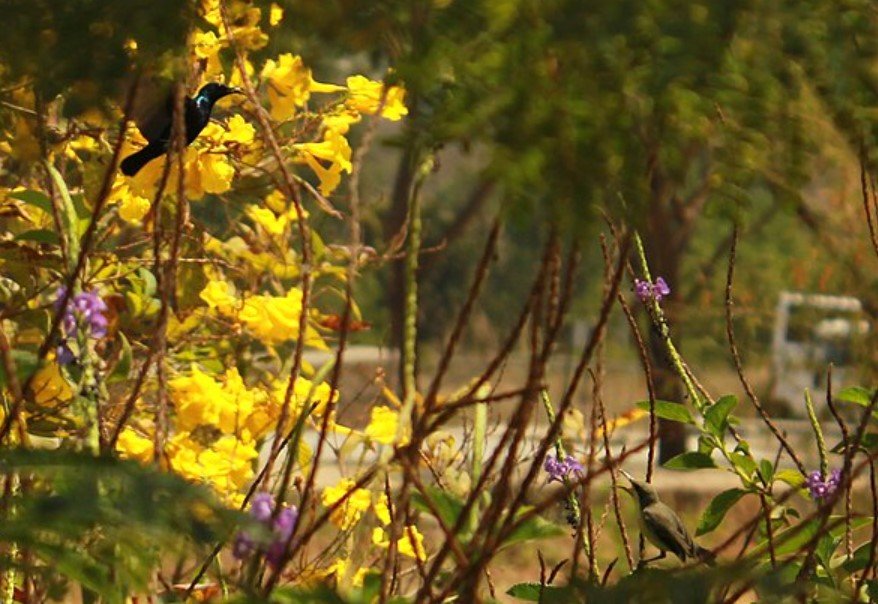In an era where technology permeates every aspect of life, its role in wildlife conservation is becoming increasingly significant. From AI-powered camera traps to drones with thermal imaging, technological advancements are revolutionizing the way we protect and preserve our rich biodiversity. This article delves into the innovative methods being employed in India to safeguard wildlife, highlighting the collaborative efforts of zoos, wildlife sanctuaries, and NGOs.
Innovative Monitoring Techniques
The integration of technology in wildlife conservation has led to the development of sophisticated monitoring tools. For instance, GIS and remote sensing are now pivotal in tracking species and understanding their habitats. These tools allow conservationists to gather detailed data on animal movements and population dynamics without direct human interference. Camera traps, equipped with AI, are used extensively to monitor elusive species like tigers, providing real-time data that helps in formulating effective conservation strategies.

Moreover, the use of drones with thermal imaging capabilities has proven invaluable in night-time monitoring. These drones can cover vast areas, identifying and tracking animals that are otherwise difficult to spot. This technology not only aids in studying animal behavior but also plays a crucial role in preventing human-wildlife conflicts by alerting authorities to potential threats.
Collaborative Efforts in Conservation
Zoos, wildlife sanctuaries, and NGOs are at the forefront of embracing technology to enhance conservation efforts. The Nehru Zoological Park in Hyderabad, for example, has pioneered breeding and reintroduction programs for rare species such as the Indian Mouse Deer and the Indian Spotted Chevrotain. By using Passive Integrated Transponders (PIT tags) and collaborating with genetic profiling institutions, the zoo ensures the genetic diversity and health of its animal populations.
NGOs like the Animal Warriors Conservation Society are also leveraging technology to make significant strides in wildlife conservation. They employ sonar systems to map the seafloor, reducing ghost net pollution, and use thermal cameras for night rescue operations. These innovative approaches not only improve the efficiency of conservation efforts but also foster a deeper understanding of the challenges faced by wildlife.
Future Prospects and Challenges
As technology continues to evolve, its potential applications in wildlife conservation are boundless. AI-powered camera traps, real-time environmental monitoring tools, and integrated biodiversity databases are just a few examples of the advancements on the horizon. These tools will enable more precise and efficient conservation strategies, ensuring the long-term survival of endangered species.
However, the integration of technology in conservation also presents challenges. The high cost of advanced equipment and the need for specialized training can be barriers to widespread adoption. Additionally, while technology can provide valuable data, it cannot replace the essential role of on-ground conservationists who possess the expertise and experience to interpret and act on this information.
































